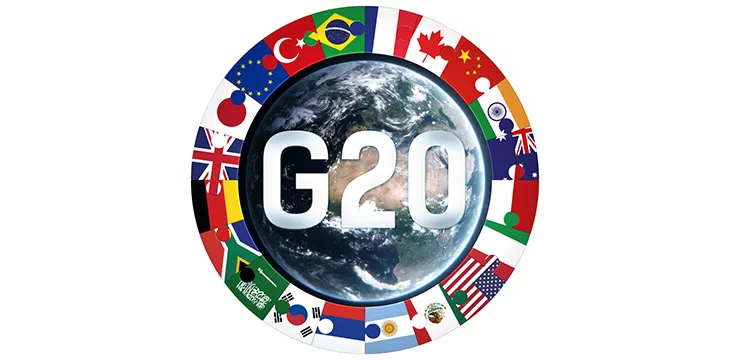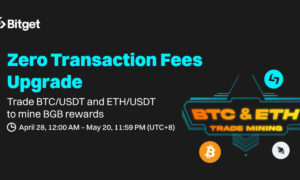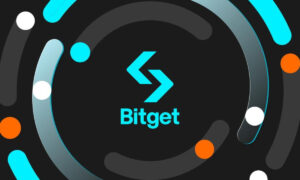All you need to know about the new G20 digital currency regulations
3 min read
At CoinGeek, we’ve been reporting for years on how regulators worldwide are clamping down on the digital currency industry.
Last week, we saw yet more evidence of this global trend toward a better-regulated, tamer industry when the G20 adopted a regulatory roadmap outlined in a paper by the International Monetary Fund (IMF) and Financial Stability Board (FSB).
The G20 unanimously accepted the roadmap during a meeting in Marrakech, Morocco, on October 13.
What does the G20 regulatory roadmap call for?
The roadmap calls for the implementation of numerous interlinked measures. These include:
The implementation of policy frameworks.Global coordination, cooperation, and info sharing.Cross-border cooperation between regulators.Guaranteed access to relevant data by authorities.Outreach beyond G20 jurisdictions.Comprehensive governance and risk management for digital currency companies.
In other words, this is bad news for Binance, Bitfinex, Tether, and other members of the Crypto Crime Cartel who thrive in the shadows where countertrading customers, money laundering, and other shady activities occur.
The G20 is seriously powerful, so this is a big deal
For those who don’t know, the G20 includes the United States, European Union, Canada, China, Australia, India, South Africa, Japan, Indonesia, Russia, the United Kingdom, Turkiye, Saudi Arabia, Japan, South Korea, Mexico, and the African Union.
In other words, the majority of the world’s population and all of its largest, most powerful economies will be on the same page when it comes to digital currency regulations.
As we have said previously, when financially powerful nations and economic blocs like the U.S. and EU adopt financial regulations, the world follows if it wants to continue to trade with these colossal markets. Given that the regulatory roadmap calls for “outreach” to nations outside the G20, we can reasonably assume that others will be getting on board soon.
For those who think this is still a long way off, think again. The G20 will conduct its first review to check how implementation is going by the end of 2025.
The era of utility is coming, and the Wild West days are over
Despite the protestations of the idealists and anarchists in the BTC and ETH camps, reality moves on without them. Coordinated regulation was always going to happen. A world in which Changpeng Zhao, Sam Bankman-Fried, and Paolo Ardoino get to operate with impunity was never going to last long. Whether you love the law or hate it, it exists, and it’s going to run the bad eggs out of the industry.
While some camps may loathe the G20 news, other more practical people like Michael Saylor have long called for regulations. Saylor, being a veteran businessman, recognizes that proper regulation is the key to long-term growth and utility, even if he has unknowingly backed the wrong horse in BTC.
After all, the single biggest impediment to the much-desired BTC spot ETF is the manipulation, fraud, and lack of proper oversight in the market. The numerous ETF rejections make crystal clear what the problems are, and the G20 rules will go some way to addressing them.
Finally, after more than a decade, Bitcoin’s potential can be realized, and the industry can mature. The days of insiders pumping and dumping worthless tokens on unsuspecting speculators are almost over, and the era of micropayments, blockchain-based data management, and peer-to-peer transactions at scale is upon us!
Watch: Digital currency regulation and the role of BSV blockchain

New to blockchain? Check out CoinGeek’s Blockchain for Beginners section, the ultimate resource guide to learn more about blockchain technology.
Source link
#G20 #digital #currency #regulations





